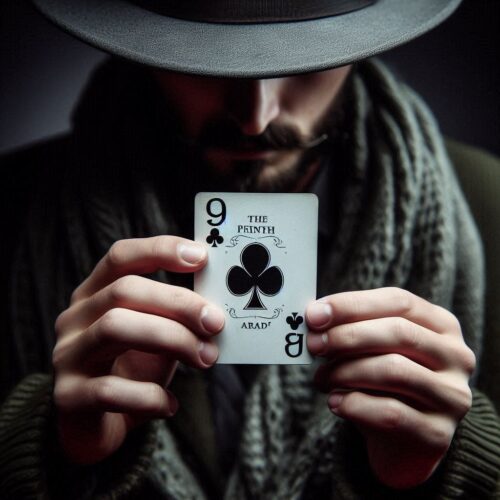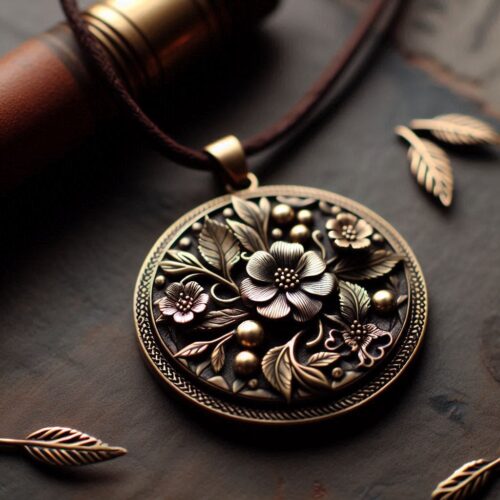The Ninth Card Trick A Clever Way to Predict a Card. The “Ninth Card” trick is a classic card illusion that allows a magician to seemingly predict a chosen card’s identity with ease. This trick uses a clever mathematical setup that forces the participant to end up with a card you’ve secretly preselected. With a simple setup and a little practice, this trick can be performed to impress any audience. Here’s everything you need to know about mastering the “Ninth Card” trick, from the setup to performance tips.
The Ninth Card Trick: A Clever Way to Predict a Card
Table of Contents
- Effect Overview
- Materials Needed
- Setting Up the Trick
- Step-by-Step Performance Guide
- Tips for a Flawless Performance
- Common Questions
- Conclusion
1. Effect Overview
In the Ninth Card trick, you ask a spectator to call out any number between 10 and 20. After counting that number of cards, you use a quick calculation to reveal a card that they believe they chose by chance. In reality, you’ve guided them right to it with a secret setup.
2. Materials Needed
The only item needed for this trick is a standard deck of playing cards.
3. Setting Up the Trick
To set up this trick:
- Choose a Card to Reveal: Select any card from the deck that you want to “predict.” For example, let’s use the Ace of Hearts.
- Place It in the Ninth Position: Count nine cards down from the top of the deck and insert the chosen card, in this case, the Ace of Hearts, at the ninth position from the top.
This setup ensures that the card you want to reveal will appear when the spectator follows the instructions during the trick.
4. Step-by-Step Performance Guide
- Introduce the Trick: Hand the deck to the spectator or hold it yourself. Ask them to name any number between 10 and 20. Let’s say they choose the number 14.
- Count Out the Cards: Start from the top of the deck and count out 14 cards, one by one, onto the table.
- Add the Digits of the Number: Ask the spectator to add the digits of their chosen number together. For 14, this would be 1 + 4, resulting in 5.
- Deal Off the Sum: Count out five cards from the cards you just dealt. This step is essential as it brings them to the ninth card in the original deck.
- Reveal the Card: Ask the spectator to look at the next card in the pile. This card will be the one you placed in the ninth position, the Ace of Hearts in this example.
By following this setup, the spectator believes they arrived at the card by random choice, but you’ve guided them to the desired outcome.
5. Tips for a Flawless Performance
- Act Naturally: Maintain a relaxed and confident demeanor. Don’t overemphasize the counting steps, as they may start to suspect something.
- Practice the Counting and Timing: Make sure you can do the counting smoothly. A steady, confident counting rhythm will keep the audience engaged and prevent them from overthinking the process.
- Use Misdirection: Talk casually with the audience or engage in light conversation to draw attention away from the counting sequence. This will make the trick appear more spontaneous and less calculated.
6. Common Questions
Q: What if the spectator picks a number less than 10 or greater than 20?
Politely remind them to choose a number between 10 and 20 before starting. A common approach is to say something like, “For this trick, please choose any number between 10 and 20.”
Q: Can I choose any card to place in the ninth position?
Yes, you can use any card you want to reveal. The card just needs to be in the ninth position for the trick to work.
Q: What happens if the trick is revealed?
If someone figures out the trick, keep it light-hearted and move on to another trick. Many magicians prepare multiple tricks to maintain the audience’s interest.
7. Conclusion
The Ninth Card trick is a fantastic way to captivate an audience with minimal preparation. By strategically placing a card in the ninth position and using simple math, you can make a powerful prediction that leaves spectators impressed. With a little practice, this trick is a great addition to any magician’s repertoire, perfect for impressing both small gatherings and larger audiences.




